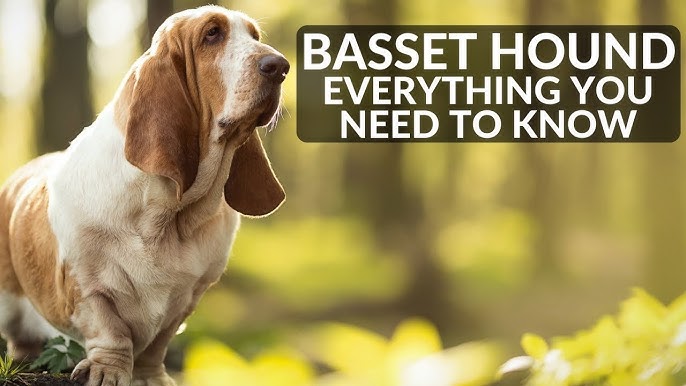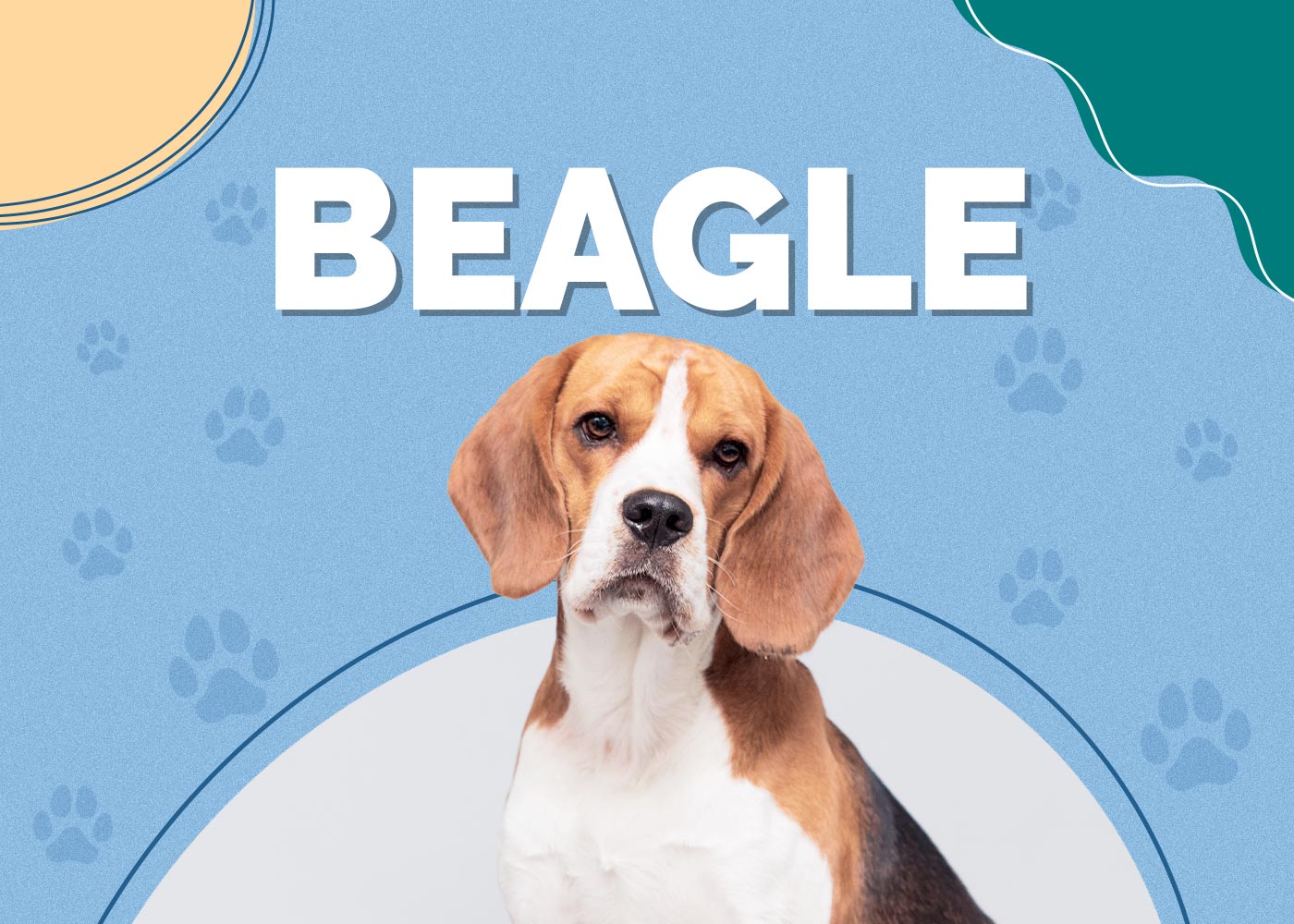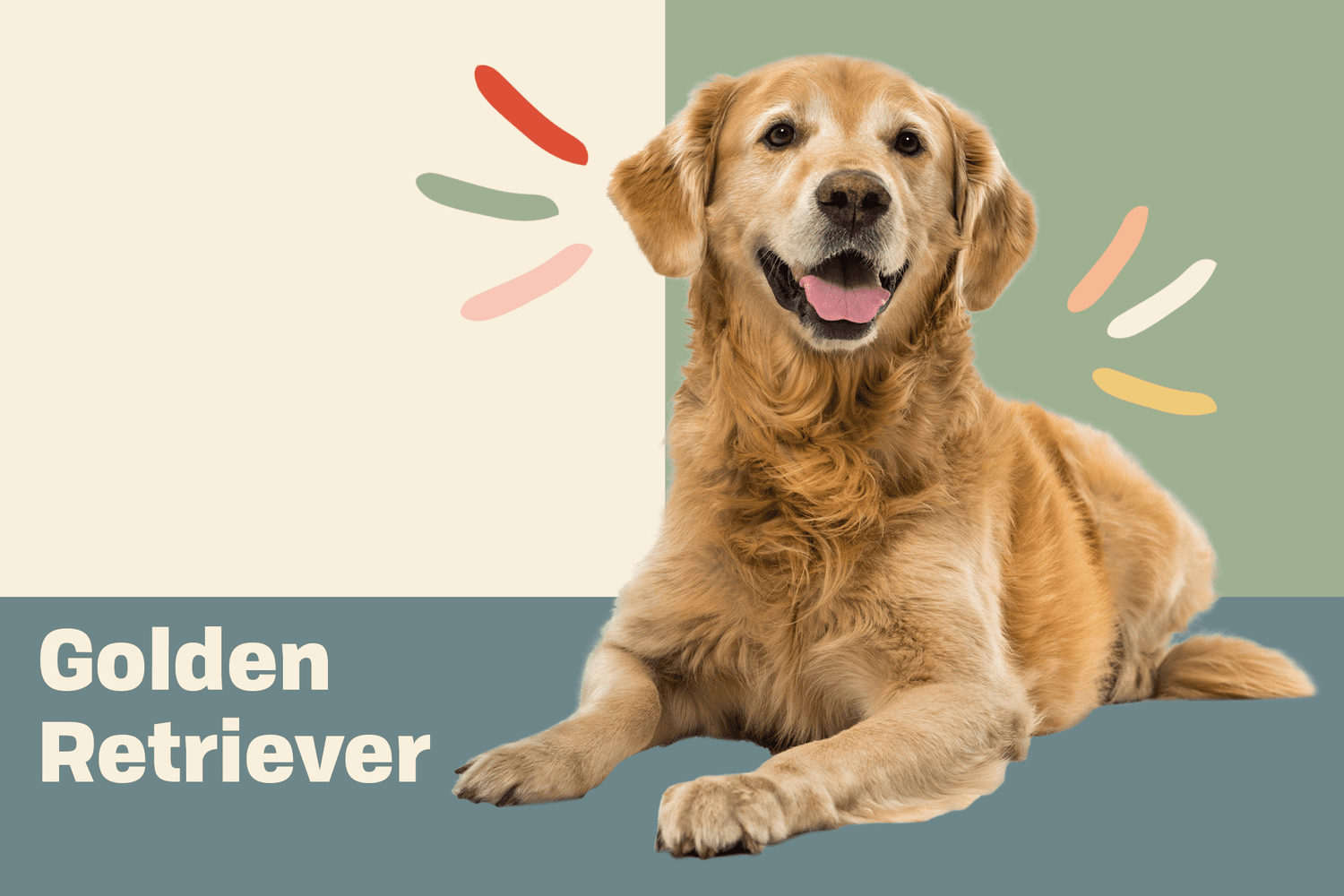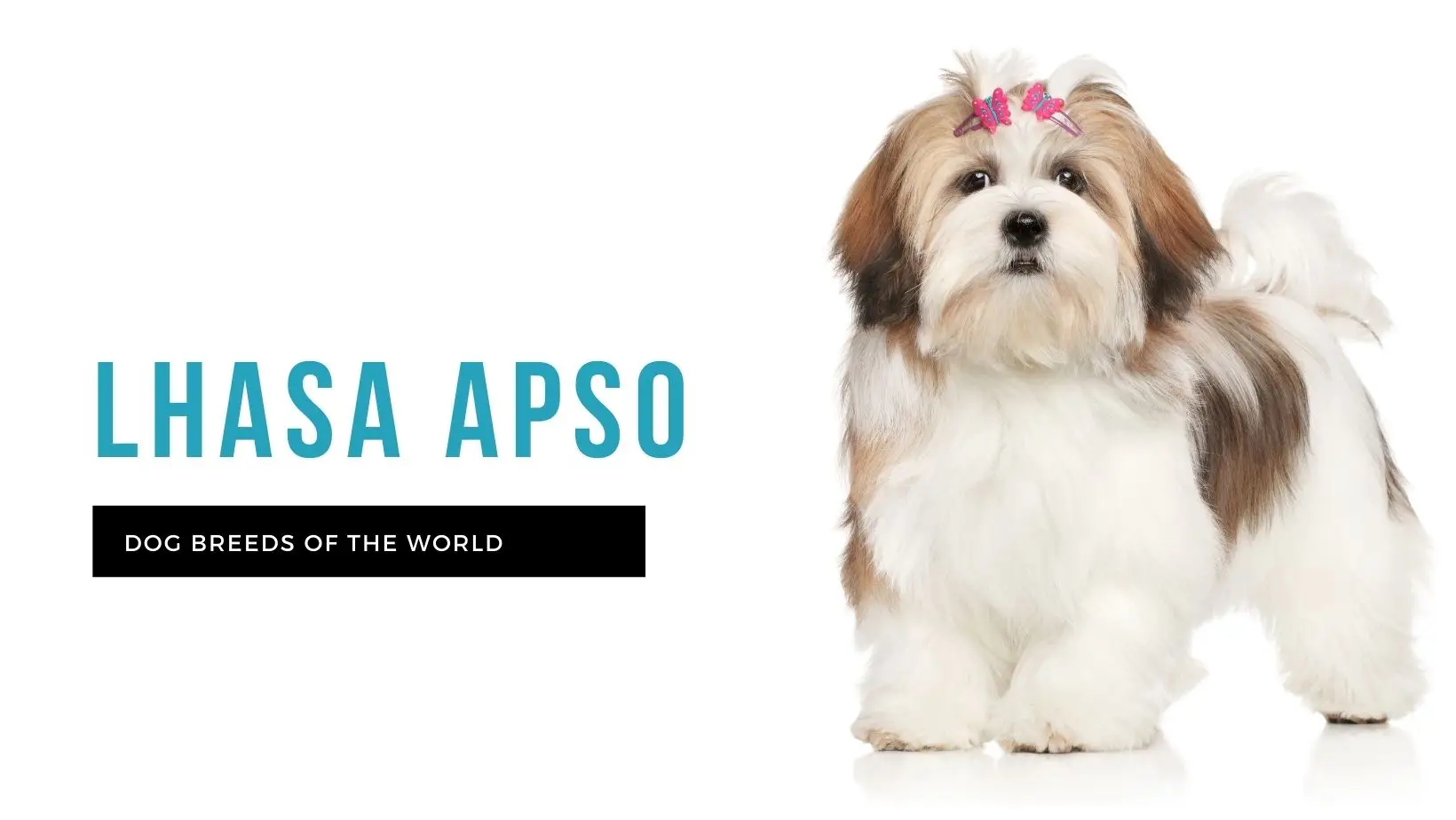🐶 Basset Hound: Complete Breed Guide, Training Tips & Pros and Cons
The Basset Hound is a breed that instantly captures attention with its soulful eyes, droopy ears, and unmistakable charm. Known for its incredible sense of smell and laid-back personality, the Basset Hound has found its place as a loyal family companion, a show dog, and even a hunting partner.
In this comprehensive guide, we’ll explore everything you need to know about the Basset Hound: its origins, temperament, physical traits, training methods, care guide, and the honest pros and cons of living with one.
🧬 Breed Overview
- Breed Name: Basset Hound
- Group: Hound Group
- Origin: France / Belgium
- Size: Medium
- Weight: 40–65 pounds (18–29 kg)
- Height: Up to 15 inches (38 cm)
- Lifespan: 10–12 years
- Coat Type: Short, smooth, and dense
- Colors: Tri-color (black, white & tan), lemon & white, mahogany & white
📜 History and Origin
The word “Basset” comes from the French word bas, meaning “low.” Basset Hounds were developed in France and Belgium as scent hounds capable of tracking prey like rabbits and deer on foot.
Bred for endurance and an exceptional nose (second only to the Bloodhound), the Basset Hound’s short legs allowed hunters on foot to keep up during a chase. Eventually, the breed gained popularity in England and later in the United States.
🧠 Temperament and Personality
Basset Hounds are known for their:
- Gentle and affectionate nature
- Mild-mannered demeanor
- Stubborn yet intelligent behavior
- Excellent interaction with kids and other pets
They’re not the most energetic breed but enjoy leisurely walks and plenty of lounging. They’re great family pets but can be a bit independent when it comes to training.
🏡 Ideal Home Environment
Basset Hounds adapt well to different living spaces — apartments, homes with yards, or countryside environments — as long as they get their daily walk and interaction. However, because of their loud, howling bark and tendency to follow scents, it’s important to ensure a secure fenced yard.
They thrive in homes with:
- Families (kids love them!)
- Seniors seeking companionship
- Other dogs (they’re pack animals)
🛠️ How to Care for a Basset Hound
🥗 Diet and Nutrition
Feed a high-quality dog food formulated for medium breeds. Bassets are prone to obesity, so portion control is essential. Avoid overfeeding and provide healthy treats like carrots or apple slices.
Tip: Stick to a feeding schedule — two meals a day is ideal.
🧽 Grooming Needs
Despite their short coat, Basset Hounds do shed moderately and require weekly brushing. Their droopy ears and wrinkles need regular cleaning to avoid infections.
- Brush: Weekly
- Bath: Monthly or as needed
- Ears: Check and clean weekly
- Nails: Trim every 3–4 weeks
🏃 Exercise Requirements
They might look lazy, but they need daily walks to stay fit and mentally stimulated. A 30–45 minute walk per day is usually enough.
Avoid intense running or jumping due to their long spine and short legs — they are susceptible to intervertebral disc disease (IVDD).
🎓 How to Train a Basset Hound
Training a Basset Hound can be a test of patience due to their independent and stubborn streak. However, with consistency and positive reinforcement, they can learn basic commands and good manners.
✔️ Training Tips:
- Start Early: Begin socialization and basic commands as early as 8 weeks.
- Use Treats: They’re highly food-motivated — use treats to encourage learning.
- Keep Sessions Short: 10–15 minute sessions work best.
- Be Consistent: Stick to commands and routines.
- Stay Calm: Don’t use harsh discipline — they respond best to gentle correction.
🐾 Crate Training
Bassets can benefit from crate training, especially for housebreaking. Make the crate comfortable and use it as a safe space rather than punishment.
✅ Pros of Owning a Basset Hound
- Affectionate and Loyal: They form strong bonds with their families.
- Great with Kids: Gentle and patient, they’re ideal family dogs.
- Low Exercise Needs: Suits laid-back households.
- Excellent Nose: Great for scent games or tracking.
- Unique Appearance: Their charming look is adored by many.
❌ Cons of Owning a Basset Hound
- Stubborn and Independent: Training can be difficult.
- Prone to Obesity: Needs portion control and exercise.
- Ear Infections: Long ears trap moisture and dirt easily.
- Strong Odor: Their skin folds and oils can lead to a doggy smell.
- Baying/Howling: Can be vocal, especially when left alone.
👶 Basset Hound with Kids and Other Pets
They’re one of the best breeds for children due to their patience and gentle nature. They also get along well with other dogs and even cats if socialized early.
Supervision is key when introducing them to small children to prevent accidental tugging on ears or tails.
💡 Is the Basset Hound Right for You?
✅ Choose a Basset Hound if:
- You want a low-maintenance, affectionate companion.
- You enjoy a slower-paced lifestyle.
- You can commit to training and grooming needs.
🚫 Avoid if:
- You want an easily trainable or highly energetic dog.
- You can’t handle drool or doggy odor.
- You live in an area where baying might disturb neighbors.
📋 Final Thoughts
The Basset Hound is more than just a cute face with droopy ears — it’s a deeply affectionate and loyal breed that makes a wonderful companion for the right household. With proper care, patience, and understanding, this breed can provide years of joy, laughter, and snuggles.
If you’re looking for a devoted, unique dog with a calm demeanor and a nose that never quits — the Basset Hound could be your perfect match!




